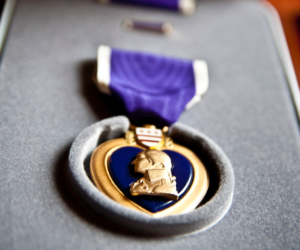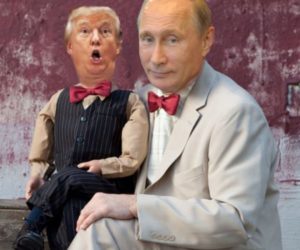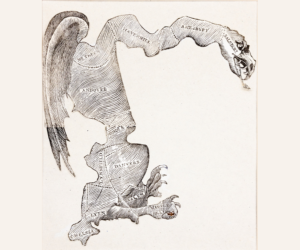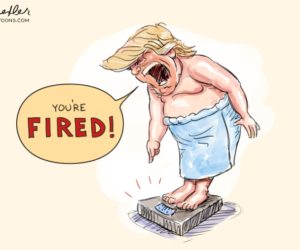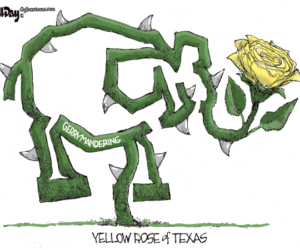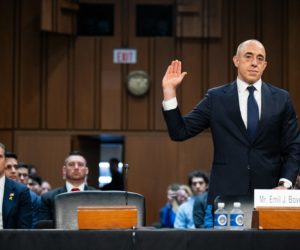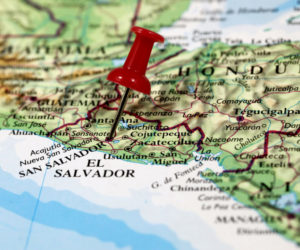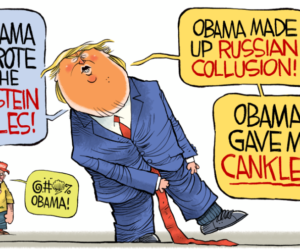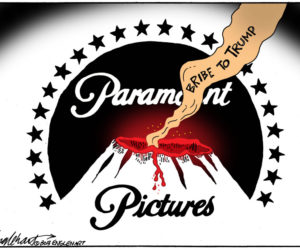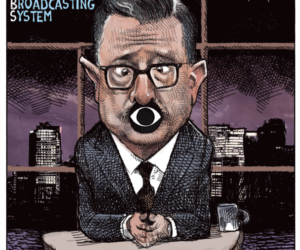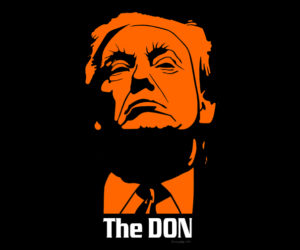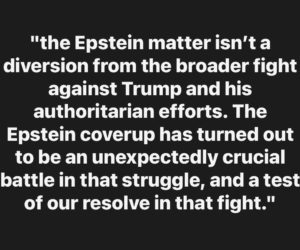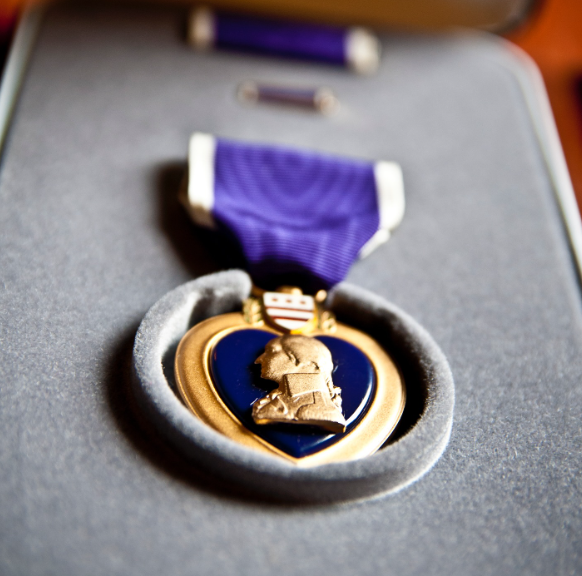
First observed in 2014, August 7th is National Purple Heart Day, a day dedicated to the remembrance of the sacrifices made by almost two million of our military and to commemorate the day in 1782 when General George Washington, Commander in Chief of the Continental Army, commissioned the Badge of Military Merit, “a purple, heart-shaped piece of silk bound with a thin edge of silver with the word merit embroidered in silver across the face.”
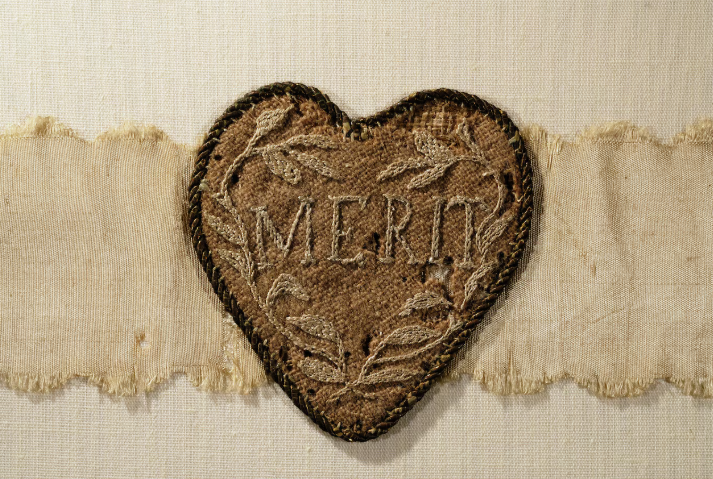
On August 7, 1782, General Washington, “ever desirous to cherish a virtuous ambition in his soldiers, as well as to foster and encourage every species of Military Merit,” directed that “…whenever any singularly meritorious action is performed, the author of it shall be permitted to wear…over his left breast, the figure of a heart in purple cloth…”
The history of our nation’s oldest military decoration* is long and fascinating. What follows is a brief summary. I hope you will learn as much from it as I did researching the subject. (“There will be a test afterwards…”)
The original Badge of Military Merit was awarded only three times, all during the waning days of the Revolutionary War.
The recipients were Sergeants Elijah Churchill, William Brown and Daniel Bissell, Jr.
The award fell into obscurity for 150 years but was revived, redesigned and renamed the Purple Heart in 1932, mostly at the urging of Gen. Douglas MacArthur, then-Army Chief of Staff, who also became the first recipient of the “modern-day” Purple Heart. MacArthur was awarded the Medal for injuries received during World War I and would later receive the Purple Heart again for wounds incurred in the Pacific Theater during World War II.
The revised eligibility for the new Medal included, in addition to meritorious service, having been wounded in action. On May 28, 1932, 136 World War I veterans were awarded the Purple Heart. Veterans wounded in other wars and conflicts were also awarded the Medal.
Eligibility criteria for the Purple Heart would undergo several additional changes in coming years. Among them:
• While, originally, only Army and Army Air Corps personnel were eligible to receive the Purple Heart, President Franklin D. Roosevelt eventually authorized the award to be extended to members of all Branches. Certain civilians who worked with the military were also made eligible for the Purple Heart. Posthumous awards were authorized, backdated to December 7,1941.
• Subsequent Executive Orders extended posthumous Purple Heart awards to additional personnel and to dates as far back as 1917.
• On February 23, 1984, President Reagan authorized the award of the Purple Heart “for acts of terror as well as for wounds or death resulting from US Armed Forces personnel acting as part of a peacekeeping force outside of the United States or its territories.”
Additional Congressional actions and Executive Orders expanded eligibility to those wounded or killed because of friendly fire; to Prisoners of War wounded during capture or during captivity prior to April 25, 1962, and after December 7, 1941; to those wounded or killed by certain domestic terrorist activities.
In May 1998, the award of the Purple Heart to certain Department of Defense (DoD) civilians was terminated. Instead, after the 9/11 attacks, DoD created a new medal for Department of Defense civilians killed or wounded by an enemy: the Defense of Freedom Medal.
In April 2011, DoD authorized the award of the Purple Heart to service members who sustained “mild traumatic brain injuries and concussive injuries” in combat.
There have been several more changes in criteria and in eligibility since then. However, the appearance of today’s Purple Heart has not changed since 1932.
Designed by Elizabeth Will, an Army heraldic specialist, the Purple Heart medal is heart shaped and made of brass with a gold color containing an enamel relief profile of George Washington with Washington’s family coat of arms above the enameled heart. On the reverse side is a raised bronze heart bearing the inscription “For Military Merit.”
The purple color — the original color of George Washington’s Badge of Military Merit — represents the blood and the courage of those who have made sacrifices in war.
it is estimated that more than 1.9 million Americans have been awarded the Purple Heart since its inception. About one million Purple Hearts were awarded just during World War II, and more than 300,000 to World War I heroes.
Claudette Roulo and David Vergun, both at DoD News, have recently published stories highlighting some of the Purple Heart recipients, some “firsts,” and other interesting facts:
• Marine Corps Lt. Gen. Lewis Burwell “Chesty” Puller, the “most decorated Marine in U.S. history” (five Navy Crosses, the Distinguished Service Cross, the Silver Star, the Legion of Merit with Valor, the Bronze Star Medal with Valor, and three Air Medals) was awarded the Purple Heart for injuries received during the Battle of Koli Point on November 8, 1942.
• Army Maj. Audie L. Murphy — who “received every combat award for valor available from the Army,” including the Medal of Honor as well as three French and Belgian medals — was awarded the Purple Heart three times during World War II.
Other famous personalities who received the Purple Heart are:
• King Arness, better known as actor James Arness, who portrayed Marshal Matt Dillon in the TV series “Gunsmoke.” Arness was severely wounded in the right leg during the Battle of Anzio in Italy in 1944.
• Charles Dennis Buchinsky, better known as actor Charles Bronson. He flew 25 missions as a B-29 Superfortress aerial gunner in the Pacific during World War II.
• Screenwriter and director Oliver Stone. He was deployed to South Vietnam from 1967 to 1968. and, while assigned to Bravo Company, 3rd Battalion, 25th infantry, he was wounded twice in action near the Cambodian border.
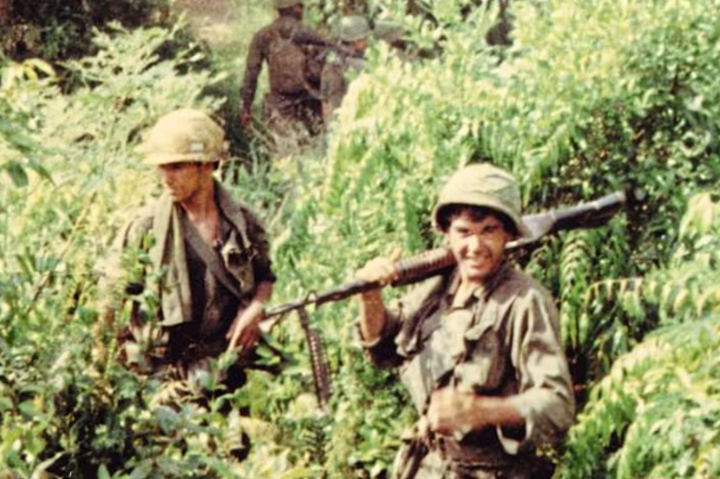
• NFL halfback for the Pittsburgh Steelers and player on four winning Super Bowl teams, Rocky Bleier. He served as a soldier in South Vietnam where, while on patrol on August 20, 1969, his platoon was ambushed, and he was wounded in the left leg.
• John F. Kennedy, who served in the Navy during World War II, is the only US president to have received the Purple Heart. He earned the Medal for injuries sustained during his service as a Navy lieutenant when the torpedo boat he was commanding was rammed by a Japanese warship near the Solomon Islands in August 1944.
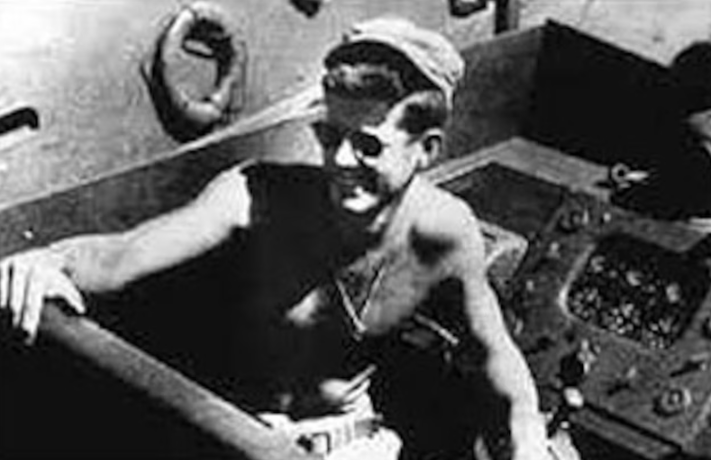
Other famous recipients are Generals George S. Patton, Jr., Colin I. Powell, H. Norman Schwarzkopf, and Eric K. Shinseki.
As mentioned, certain civilians were at one time eligible to receive the Purple Heart. The most recent award was after the 1996 terrorist bombing of the Khobar Towers in Saudi Arabia. Four hundred U.S. civilians were awarded the Purple Heart.
One of the most famous civilians to earn the Purple Heart was Ernie Pyle, a war correspondent who first covered World War II from the trenches of Europe. Then, while covering the Pacific Theater, he was killed on April 18, 1945, during the Battle of Okinawa. He was awarded the Purple Heart posthumously.
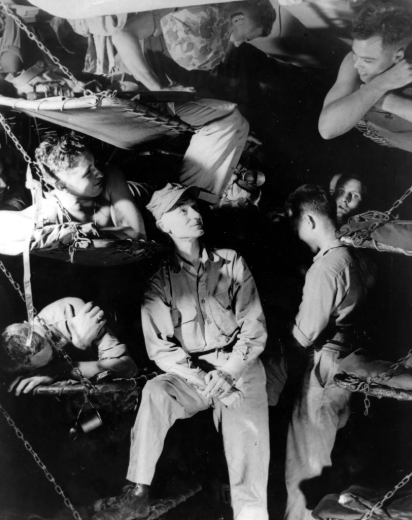
Approximately 500 women have been awarded the Purple Heart. Two women vie for the honor of being the first female to be awarded the Medal:
• Canadian-born, American Chief Nurse Beatrice Mary MacDonald was (retroactively) awarded the Purple Heart in 1936 for wounds received during World War I while assigned to a British hospital in Belgium bombed by German aircraft.
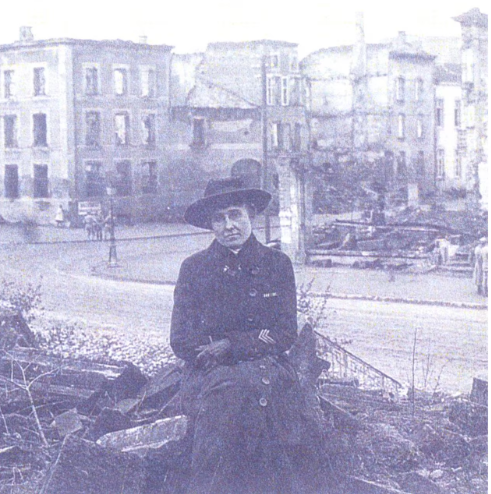
• On October 26, 1942, Army Lt. Annie G. Fox became the first woman to receive the Purple Heart for heroism during combat. Serving as the chief nurse at Hickam Field during the attack on Pearl Harbor, “Lieutenant Fox in an exemplary manner, performed her duties as head nurse of the Station Hospital… [She] worked ceaselessly with coolness and efficiency.” Lt. Fox was not wounded. On October 6, 1944, in response to changed Purple Heart award criteria, Lt. Fox was awarded the Bronze Star Medal in replacement for her Purple Heart, which was rescinded.
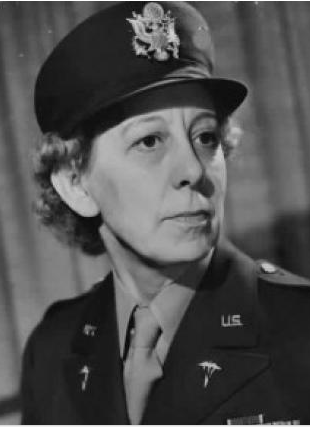
The youngest recipient of the Purple Heart is said to be Calvin Leon Graham who enlisted in the U.S. Navy at the age of 12 and was wounded in November 1942 during the Naval Battle of Guadalcanal. He was also awarded the Bronze Star, but both medals were revoked when it was discovered that he had lied about his age. In 1978, President Carter reinstated Graham’s Bronze Star Medal. “It wasn’t until 1994, two years after Graham died, that the military relented and returned his last medal —- the Purple Heart —-to his family.”
The overwhelming majority of the nearly two million Purple Hear recipients are “regular troops,” — soldiers, sailors and airmen; corporals and lieutenants; sergeants and captains — who were wounded or killed in service of their country.
This fact is perhaps best reflected in the long list of heroes who were awarded the Purple Heart eight, nine, even ten times!
Take U.S. Army PFC Charles Barger, a machine gunner who was awarded ten Purple Hearts for wounds received in battle during World War I, in addition to being awarded the Medal of Honor.
Or U.S. Army SP4 Curry T. Haynes Jr. who was awarded ten Purple Hearts for wounds received during the Vietnam War in 1967 and 1968.
Or U.S. Marine Corps Staff Sergeant Albert L. Ireland, who received nine Purple Hearts for wounds received during World War II and the Korean War.
Or Army Capt. Joe Ronnie Hooper who, after enlisting in the U.S. Army, received his first Purple Heart for wounds received during the Vietnam War, near Hue in February 1968. Then a Sergeant, Hooper was also awarded the Medal of Honor. During his second tour in Vietnam, Hooper received a battlefield commission and went on to earn seven more Purple Heart Medals along with two Silver Stars, six Bronze Star Medals for valor, the Presidential Unit Citation, the Vietnam Service Medal with six campaign stars, and the Combat Infantryman Badge, making him one of the most-decorated soldiers of the Vietnam War.
U.S. Army Lt. Col. William G. White, received nine Purple Hearts during World War II and the Korean War.
Among soldiers receiving eight Purple Hearts are:
• U.S. Army Col. Robert Lewis Howard, Vietnam War. Howard is also a recipient of the Medal of Honor.
• U.S. Army Lt. Col. William G. White, World War II and Korean War.
• U.S. Army Col. David H. Hackworth, Vietnam War.
• U.S. Army Maj. Gen. Robert T. Frederick, World War II.
Finally, dogs and horses have long been a vital part of military battles and have displayed exceptional loyalty, valor and sacrifice in combat. A couple of them have been awarded the Purple Heart:
• Army Sergeant Stubby, a part-Boston Terrier mutt who served in several battles and major offenses during World War I in France. Stubby not only became the first dog to receive a military rank, but was also awarded two Purple Hearts.
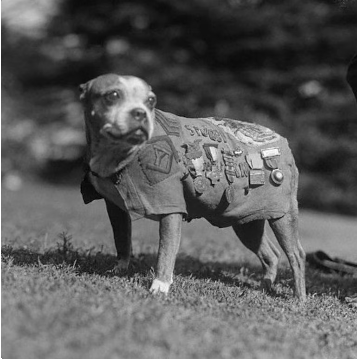
• Another four-legged Sergeant, this time a war horse, received two Purple Hearts for wounds she sustained in combat during the Korean War. The horse, Marine Corps Staff Sergeant Reckless, a chestnut Mongolian mare racehorse, was also awarded two Navy Presidential Unit Citations and four Korean Service Medals, among others.
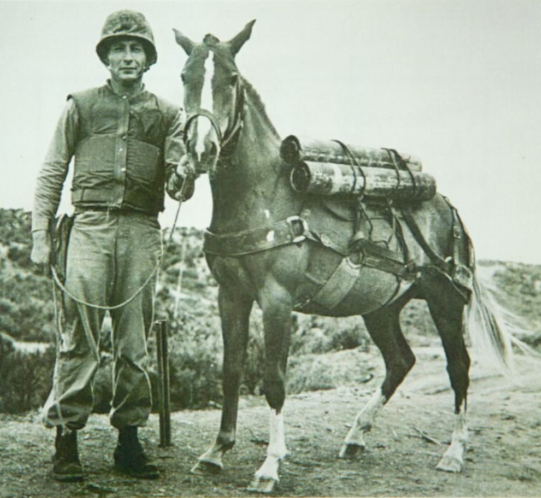
Since April 25, 1962, when President John F. Kennedy signed an Executive Order formally establishing the rules for awarding the Purple Heart Medal, military service animals are no longer eligible to receive the award. Today, they are recognized for their service and valor with special service medals and ribbons.
* Some historians list the Fidelity Medallion (also known as the “André Capture Medal”) established by the Continental Congress in 1780, as the oldest U.S. military decoration.
Now about that quiz. Test yourself on America’s oldest Medal at this DoD web site. I bet you will now ace the test. Good luck!
All images, except as otherwise noted, are DoD or from DoD sources.
SOURCES:
“Nation Salutes Purple Heart Veterans”
“Can Animals Receive Service Medals?”
“The Purple Heart: America’s Oldest Medal”
“The Bravery of Army Nurse Annie G. Fox at Pearl Harbor”
“A Heart of Purple. The Story of America’s Oldest Military Decoration and Some of Its Recipients”

